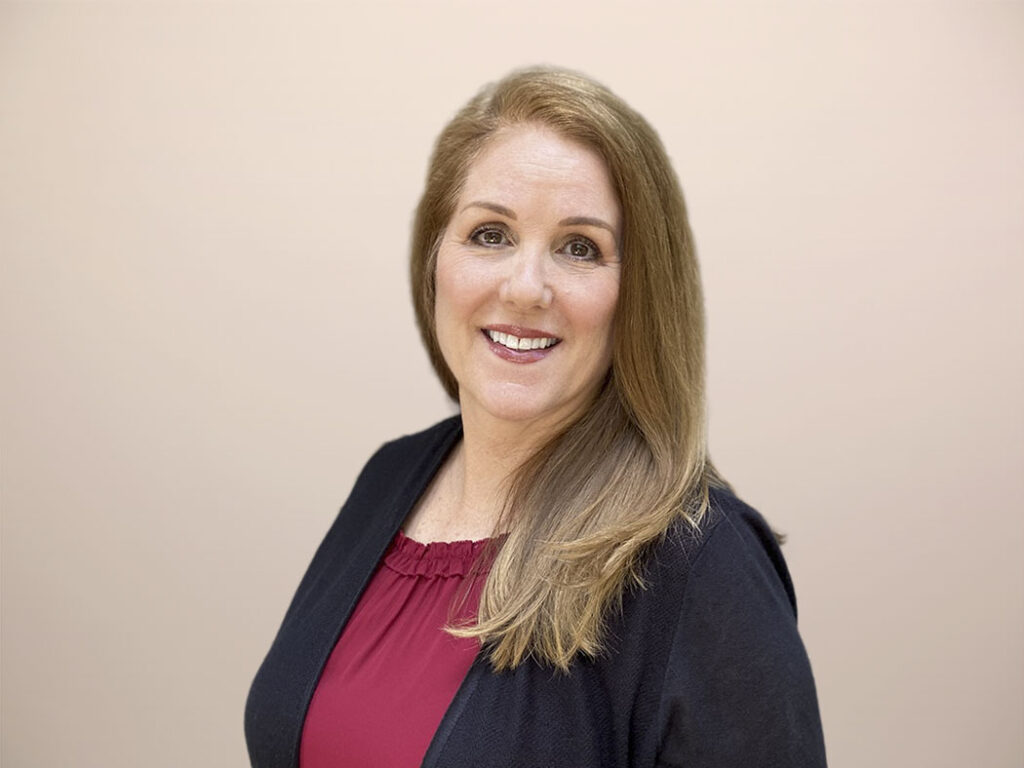Drinking Our Own Champagne: Implementing Engagement and Customer Health at SiriusDecisions
- Every organization deals with retention, and at SiriusDecisions we used our own best practice advice and research to better understand our own business
- Even smaller companies can wrangle their own data to understand customer engagement and retention triggers
- After gathering insights, cross-functional alignment is critical for organizations to take the next steps toward improvement
One of my favorite parts of working at SiriusDecisions – other than interacting with our customers, of course – is using our best practices, models and frameworks to improve our own business; what I like to refer to as “drinking our own champagne.” As the service director of SiriusDecisions Customer Engagement Strategies team, I have worked with our in-house customer success and business operations team to develop our own customer health scorecard and recently had the opportunity to chat with Kevin Blanco, vice president of business operations, about the process: 
Lisa Nakano: How did this project get started?
Kevin Blanco: We’ve had a customer success team in place at SiriusDecisions for years. As the function evolved, our approach matured, but there was still a lot of guesswork – educated guesswork, of course – that was driving how we helped our customers drive value through their engagement with us. We knew we needed a more data-driven and predictive approach.
LN: So, where did you start?
KB: We first developed a cross functional team that included all areas engaged in the customer journey. Our cross-functional team enlisted the help of a regional university, where we had an existing relationship with their data science department. They analyzed our large data repository and the results yielded a lot of interesting insights; however, the volume of potential touchpoints correlated to retention was somewhat unwieldy. The next step was to add some art to the science. We talked to our most successful sales reps and customer success managers – who had the most highly engaged and longest tenured accounts – about the characteristics and interactions that made the accounts so successful. These insights helped the team narrow down the data to key interactions that could be rolled into a health scorecard to be managed by the customer success team.
LN: As a member of that cross-functional team, I loved that we didn’t over-rotate on the data part of the process. We included feedback from the people who interact with our clients every day. Art AND science.
KB: It was interesting that the data and input from the customer-facing teams both pointed to a few key interactions early in the customer lifecycle. The timeliness of onboarding and early engagement with our subject-matter experts are examples of the types of activities that have positive correlation to retention. So, we include these milestones in our customer health scorecard, and as part of the dashboard, we share broadly with our customer-facing teams and executive leadership.
LN: At SiriusDecisions, we’re all about the power of alignment. I really like that everyone sees the same things, with role-based views, but we’re all working from the same place. One thing to discuss is the value of a pilot – and we almost always advise our clients to do this as well.
KB: Agreed. The cross-functional team involved in developing the approach also supported the pilot. We rolled out the customer health scorecard in one region (in this case, our West Coast team) to validate the workflows, test the technology stack and understand the general feasibility of our approach. There were learnings, for sure. Before rolling out the scorecards to the entire organization, we made some adjustments, especially to usability for the various views of the data for the people who would be leveraging the dashboards,
LN: Post-pilot, what was the most important thing you learned from the rollout?
KB: Communication, communication, communication! As with any small company, almost everyone is flying low and fast, working hard to do the excellent work we do. Getting mindshare for anything new can be challenging, and this effort was no different. Embedding the new customer health dashboards as part of existing workflow drove increased adoption outcomes for the business. We also included the data as part of team MBOs.
LN: As advisors to B2B marketing, product, sales and customer engagement leaders, those of us on the research team become very invested in the success of our clients and spend a lot of time on the adopt, operationalize, optimize path with them. This dynamic made the research team especially open to hearing about what we can do to ensure engagement and retention – but we also needed to connect what we were doing to the scores we were seeing.
KB: That’s a good point. Some of the most challenging work was getting people to change their workflows and habits. For new people, it was easy; for the people who had to adjust to a new normal, it presented some bumps in the road. Getting people to be timely about entering activities into our Salesforce case screens, which feed elements of the scorecard, was a big hurdle. The core team even printed T-shirts and coffee mugs for employees to reinforce our goals.
LN: I remember that – it’s funny how you can never underestimate the power of T-shirts and coffee mugs! So, we’re in a good place, but there’s always more work to be done. What’s next?
KB: We are continuing to refine our measurement and implementation approaches. The original pilot has expanded to cover the entire business, and we’re getting better at refining reporting approaches all the time. One year after the rollout, I am excited about the predictability of our health scores and how it helps drive behaviors that result in positive outcomes for our clients. These health scores continue to also drive alignment between our sales, customer success and research teams. As we continue to partner with our Forrester colleagues, I am excited about how we can further expand the use of this innovation.
LN: I can attest that the customer health scorecard also helps alignment within our teams; this is a major benefit during the built-in uncertainty that an acquisition brings. We also worked with you and the business operations and finance team on some of our research around customer health, so our work has benefited our customers in that way, too. I love how drinking our own champagne works out for everyone!
